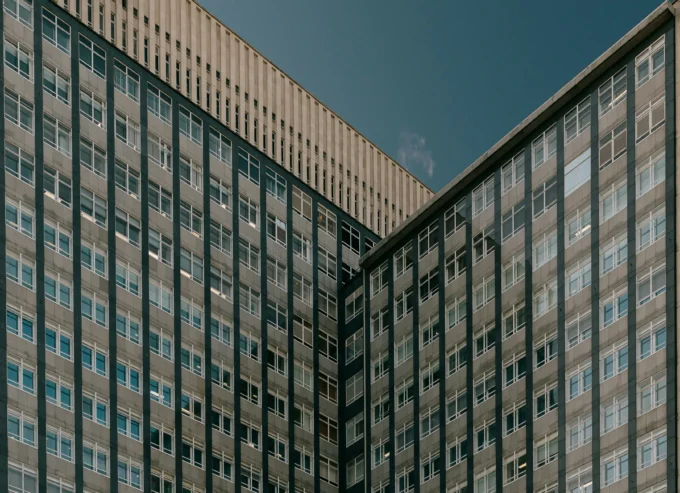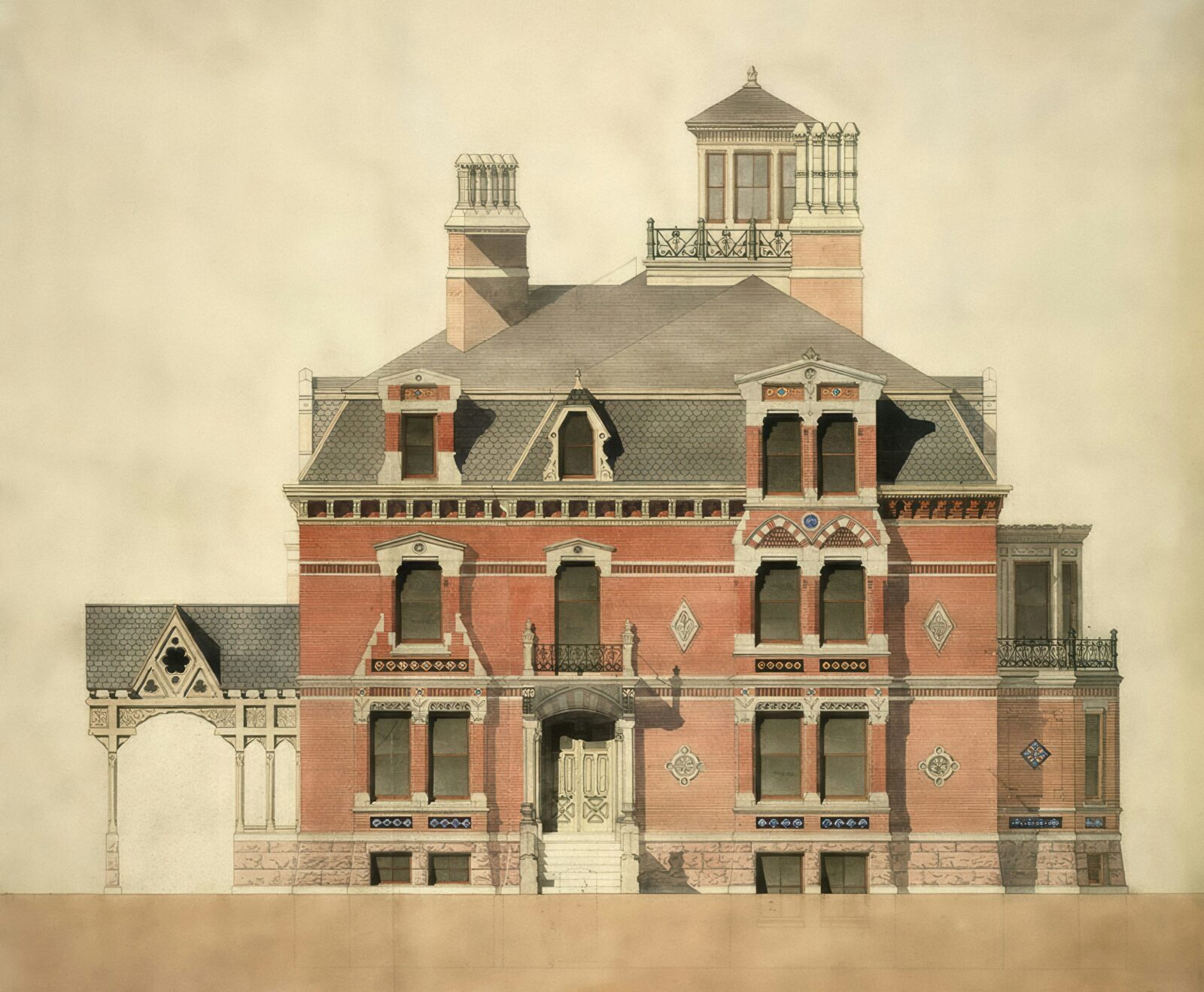- Home
- Articles
- Architectural Portfolio
- Architectral Presentation
- Inspirational Stories
- Architecture News
- Visualization
- BIM Industry
- Facade Design
- Parametric Design
- Career
- Landscape Architecture
- Construction
- Artificial Intelligence
- Sketching
- Design Softwares
- Diagrams
- Writing
- Architectural Tips
- Sustainability
- Courses
- Concept
- Technology
- History & Heritage
- Future of Architecture
- Guides & How-To
- Art & Culture
- Projects
- Interior Design
- Competitions
- Jobs
- Store
- Tools
- More
- Home
- Articles
- Architectural Portfolio
- Architectral Presentation
- Inspirational Stories
- Architecture News
- Visualization
- BIM Industry
- Facade Design
- Parametric Design
- Career
- Landscape Architecture
- Construction
- Artificial Intelligence
- Sketching
- Design Softwares
- Diagrams
- Writing
- Architectural Tips
- Sustainability
- Courses
- Concept
- Technology
- History & Heritage
- Future of Architecture
- Guides & How-To
- Art & Culture
- Projects
- Interior Design
- Competitions
- Jobs
- Store
- Tools
- More
Transform Your Architectural Presentations with These Innovative Techniques

Creating an architectural presentation isn’t just a task—it’s a craft. Our goal is to strike the perfect balance between informative content and imaginative visuals. Imagine a landscape orientation showcasing an exploded view of a concept; that’s the level of ingenuity that leaves viewers both intrigued and engaged.
In today’s digital age, traditional methods of presentation often fall short. That’s where innovative techniques like 3D animation come into play. By adding textures, lighting effects, and even bird’s-eye views, we can transform static designs into immersive experiences. This not only enhances the emotional connection between the viewer and the project but also breathes life into the architect’s unique vision.
Architects are storytellers, and a well-crafted presentation is their medium. A compelling visual narrative ensures that the time and effort invested in design are fully appreciated. Let’s explore how these cutting-edge techniques can elevate your architectural presentations to new heights.

Table of Contents
ToggleUnderstanding the Evolution of Architectural Presentations
The Shift to Digital and Interactive Media
Architectural presentations have evolved significantly over the past few decades. While sketching and drawing dominated earlier techniques, the rapid advancement of technology has revolutionized this craft. Digital tools now enable more precise and efficient designs, speeding up the entire process and enhancing clarity. Today’s digital presentations often incorporate 3D renderings, flythrough animations, and interactive elements, transforming static slideshows into dynamic experiences.
The Role of Storytelling in Presentations
Storytelling plays a vital role in architectural presentations. A well-crafted narrative can guide viewers through a virtual journey, making the design concept more relatable and engaging. Using storytelling, we can highlight key elements of the design and evoke emotions. Techniques like 3D animation help create an emotional connection between the viewer and the project, allowing them to experience the ambiance and flow of the space virtually. Instead of merely presenting facts and figures, we aim to weave an interactive story that keeps the audience intrigued and invested.
Exploring Key Techniques for Impressive Architectural Presentations
The Importance of Visual Hierarchy
Establishing a clear visual hierarchy in your architectural presentations guides the viewer’s eye through the content seamlessly. Start with the most impactful images or drawings positioned centrally or at the top for immediate attention. Use different sizes and styles of text and images to denote importance. For instance, larger fonts for project titles and smaller fonts for descriptions create a natural flow and make the content more digestible. This structured layout helps ensure that viewers focus on key elements without missing important details.
Balancing Detail and Clarity
Balancing detail and clarity is crucial in making your presentations engaging yet comprehensible. While it’s tempting to dive into technical specifics, focus on conveying the design concept clearly. Present the main architectural elements visually instead of overwhelming viewers with excessive data. For instance, show a visual depiction of the building’s exterior and interior rather than reiterating structural calculations. This method keeps the audience’s interest and enhances their understanding of the project.
Incorporating Multimedia and 3D Elements
Incorporating multimedia and 3D elements transforms standard presentations into immersive experiences. Techniques like 3D animation, Virtual Reality (VR), and Augmented Reality (AR) can bring designs to life by allowing viewers to explore projects virtually. Collaborations between 3D artists and architects add textures, lighting effects, and even birdseye views to enhance the presentation. For example, a flythrough animation can give clients a realistic sense of space and atmosphere, creating a powerful emotional connection to the design.

Best Practices for Creating Engaging Architectural Presentations
Knowing Your Audience
Understanding our audience is crucial for creating engaging architectural presentations. Different stakeholders, such as clients, fellow architects, and contractors, have diverse expectations and needs. For clients, we simplify complex jargon and emphasize the project’s benefits. For fellow architects, we focus on technical details and innovation. We survey or gather feedback before presentations to tailor our content effectively.
The Art of Visual Storytelling
Visual storytelling transforms static designs into compelling narratives. We present our architectural concepts in a sequence that showcases the project’s journey from conception to completion. Using a landscape orientation, we include exploded views to illustrate intricate design elements. 3D animations enhance engagement by allowing viewers to visually explore spaces, creating a deeper emotional connection. Combining images and narrative ensures that our audience can stroll through virtually-created spaces and experience the design’s ambiance.
Effective Use of Colors and Textures
Colors and textures play a critical role in architectural presentations. We use colors strategically to highlight essential elements and create visual contrast. For instance, a high-contrast backdrop draws attention to key images or diagrams. Textures can distinguish different materials or design features, adding depth to our visuals. We ensure that our chosen colors and textures align with the project’s context, supporting the overall narrative and enhancing aesthetic appeal.
Innovations in Architectural Presentation Tools
Advances in Software and Digital Tools
Advancements in software and digital tools have transformed architectural presentations drastically. Modern tools like Autodesk, SketchUp and Rhino empower architects to produce 2D drawings, 3D models and photo-realistic textures and lighting. These applications allow us to visualize designs with a high level of precision and detail, making our concepts more tangible for clients and stakeholders.
Autodesk, for example, includes a suite of features that support everything from drafting to complex 3D modeling and rendering. SketchUp is known for its user-friendly interface, allowing even novice users to create detailed 3D models. Rhino is valued for its versatility in creating complex forms and detailed geometries. By integrating these technologies, we can convey our ideas more effectively, ensuring designs are both innovative and practical.
The Impact of Virtual and Augmented Reality
Virtual Reality (VR) and Augmented Reality (AR) have brought a new dimension to architectural presentations. VR enables us to offer immersive tours of proposed structures. With VR headsets, clients can explore a virtual replica of their future building, experiencing the space and ambiance first-hand. This immersion fosters a deeper understanding of the design, often leading to more informed decision-making.
Augmented Reality enhances our presentations by overlaying digital visualizations onto real-world environments. This interplay between the virtual and the real helps clients visualize how a project will fit into its actual physical context. AR applications can project images of proposed buildings onto their intended sites, demonstrating how the new structures will interact with their surroundings.
Utilizing VR and AR in our presentations heightens engagement, making the architectural experience more interactive and impactful. These technologies bridge the gap between imagination and reality, ensuring our designs resonate deeply with clients, stakeholders and builders.

Avoiding Common Pitfalls in Architectural Presentations
Overcoming Technical Overload
It’s tempting to use technical jargon excessively during architectural presentations. Overuse of such terminology can make the presentation obscure. Not all stakeholders are experts fluent in architectural dialect. As Steven Pinker and Albert Einstein suggest, simplicity indicates true understanding. Complex language may signal confusion. Instead, break down complex ideas into simpler terms. This not only demonstrates a well-rounded understanding but also makes the design more approachable for the audience.
Steering Clear of Monotonous Designs
Presentations should engage both visually and cerebrally. Static, monotonous designs risk losing the audience’s interest. Imagine a landscape orientation showing an exploded view of the concept. Techniques like 3D animation enhance the emotional connection. Using variety in presentation styles, such as interactive stories where spectators can experience virtual spaces, keeps the audience intrigued. This balance between informative and imaginative elements ensures that the design presentation captivates and holds attention.

Conclusion
Creating an effective architectural presentation involves more than just showcasing designs; it’s about delivering a coherent story that engages and informs the audience. A clear organizational structure forms the backbone of a successful presentation. Chronological, thematic, or project-phase-based structures guide viewers logically through the content.
Incorporating a consistent margin around the edges ensures that no content is lost if the board is mounted or framed. This technique provides a polished presentation and keeps the focus on the design work itself.
Connectivity between different elements is crucial. Using lines, arrows, or numbered paths can show viewers the sequence in which they should examine your content. This not only aids understanding but also keeps the audience engaged.
An Introduction and Conclusion section offers a structured way to present your ideas. Placing the introduction at the top left of the board sets the stage for what’s to come. A conclusion at the bottom right effectively summarizes project outcomes or next steps, giving the board a thoughtful finish.
Tailoring your presentation to the audience is another critical aspect. For nontechnical audiences, simpler explanations of technical terms help in comprehension. Conversely, technical audiences appreciate detailed information and precise terminology. Engaging the audience through clear and loud speech, eye contact, and body language enhances the experience further.
Visual aids can significantly impact the presentation. Including high-quality images, diagrams, and multimedia elements help to illustrate complex ideas effectively. Color usage and visual hierarchy also play a pivotal role in drawing viewers’ attention to important aspects of the design.
Lastly, confidence during the delivery of your presentation is vital. Speaking clearly, involving the audience with questions and discussions, and using body language to emphasize points can make a lasting impression.
By focusing on these innovative techniques, we can create architectural presentations that are not only impressive but also highly engaging and informative.
- 3D architectural rendering services
- 3D modeling for architectural presentations
- advanced architecture visualization methods
- architectural design presentation
- architectural presentation software
- Architectural Presentation Techniques
- architectural storytelling techniques
- architecture animation techniques
- architecture model presentation ideas
- architecture presentation tools
- augmented reality for architects
- digital tools for architects
- improving architectural presentations
- innovative architectural drawing methods
- innovative architectural visualization
A licensed architect with hands-on studio experience, I translate complex design ideas into clear, engaging stories for a global audience. As a seasoned content writer and editor, I craft articles, project features, and thought-leadership pieces that illuminate emerging technologies, sustainable practices, and cutting-edge design trends—always with an architect’s eye for detail, accuracy, and narrative flow. My goal is to bridge practice and publication, giving fellow professionals and curious readers alike the insight and inspiration they need to push architectural boundaries.
Submit your architectural projects
Follow these steps for submission your project. Submission FormLatest Posts
How to Use Color and Layout in Your Architecture Presentation Board
An architecture presentation board becomes a powerful storytelling tool when color, layout,...
Enhancing Architectural Presentations: Leveraging Visual Storytelling Tools
In architecture, a design’s brilliance is only as effective as its presentation....
Best Portable Projectors for Architectural Presentations
Architects are constantly presenting their ideas, whether it’s showing design concepts to...
Successful Project Presentation: 5 Effective Tools to Try
After you invest time and effort into a project, you probably want...












Leave a comment